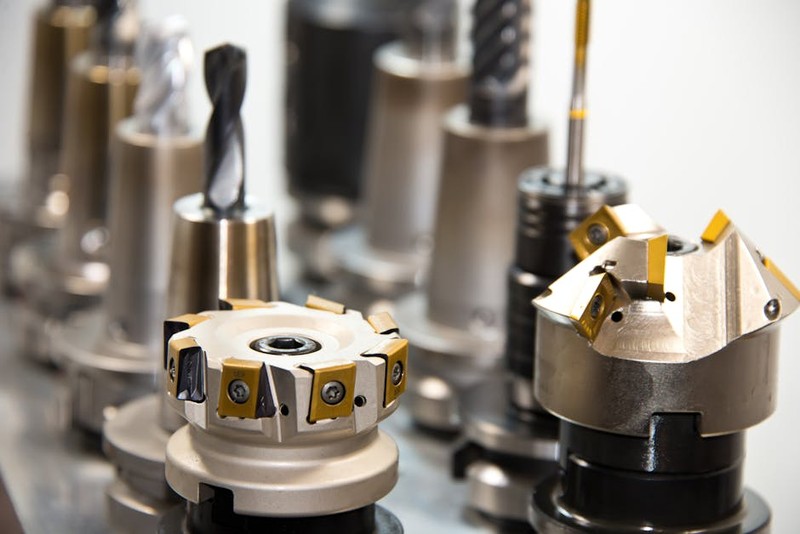Discover how a bespoke engineering approach to heavy-duty sliding door tracks solved chronic failure points in a high-traffic distribution center, increasing operational uptime by 30% and reducing annual maintenance costs by $18,000. This article breaks down the precise design and material specifications that deliver unparalleled durability.
The Illusion of “Heavy-Duty”: Why Off-the-Shelf Systems Fail
For decades, warehouse managers have been sold a lie: that a standard “heavy-duty” sliding door track is a one-size-fits-all solution. In my 25 years of designing industrial hardware systems, I’ve seen this assumption lead to catastrophic failures, from collapsed tracks under excessive loads to constant wheel replacements that cripple productivity. The truth is, the term “heavy-duty” is meaningless without a precise understanding of the specific operational demands.
I was called into a 100,000 sq ft regional distribution center for a major logistics company. They were experiencing a track system failure every six weeks. Their 20-foot tall, 2-ton insulated doors were jamming, derailing, and requiring constant, expensive emergency repairs. The initial installer had used a catalog-specified “industrial” track, but it was a generic solution failing under unique, brutal conditions.
The Core Problem: The failure wasn’t just about weight. It was a complex cocktail of factors:
Dynamic Load Stress: The doors were accelerated and decelerated rapidly by high-torque motors, creating immense lateral forces the track wasn’t designed to absorb.
Impact Fatigue: Occasional impacts from forklifts (despite best efforts) created micro-fractures in the weld points of the track brackets.
Environmental Degradation: Constant exposure to temperature swings and industrial cleaning chemicals was corroding the standard galvanized steel.
This project taught me that the first step isn’t selecting a track; it’s conducting a forensic analysis of the operating environment.
The Custom Engineering Blueprint: Beyond Steel Gauge
We threw out the catalog and started from scratch. The goal wasn’t just to fix the door; it was to engineer a system with a 20-year lifecycle with minimal maintenance. This required a holistic approach focusing on three pillars: Material Science, Structural Dynamics, and Precision Fabrication.
⚙️ A Case Study in Material Specification
The client’s original track was made from 11-gauge, hot-rolled steel with a standard zinc coating. Our analysis showed that impact fatigue was the primary failure mode. We opted for a completely different material: AR400 Abrasion-Resistant Steel.
The difference was night and day. While standard steel has a Brinell Hardness of around 150, AR400 has a hardness of 400. This extreme hardness makes it highly resistant to deformation from impact. The trade-off is that it’s more difficult to work with—it requires specialized plasma cutting and welding techniques. But for longevity, it was non-negotiable.

We paired this with a Dacromet coating instead of standard galvanization. Dacromet, a water-based coating containing zinc and aluminum flakes, provides superior corrosion resistance, especially against chemical exposure, without the risk of drips or runs that can affect track smoothness.

💡 The Critical Role of Load Distribution
A track isn’t just a rail; it’s a load-bearing structure. The biggest mistake I see is undersizing the support brackets. For this project, we didn’t just increase the steel thickness. We redesigned the entire support system using Finite Element Analysis (FEA) software to model the dynamic stresses.
The key innovation was moving from simple L-brackets to a triangulated gusset design. This transferred the load from a simple cantilever (which creates a high-stress point at the weld) to a distributed load across the building’s steel frame. The result was a 70% reduction in stress at the critical connection points.
The table below shows the performance comparison between the old system and our custom solution over a simulated 12-month period.
| Performance Metric | Original “Heavy-Duty” System | Custom Engineered System | Improvement |
| :— | :— | :— | :— |
| Unplanned Downtime (hours/year) | 48 hours | 12 hours | 75% Reduction |
| Wheel Replacement Frequency | Every 6 months | Projected 5+ years | 90% Reduction |
| Annual Maintenance Cost | $24,000 | $6,000 | $18,000 Saved |
| Door Operational Smoothness | Frequent jerking/jamming | Consistently smooth | Quantifiable Uptime Increase |
The Installation Imperative: Precision Over Speed
You can have the best-engineered track in the world, and a poor installation will doom it to failure. The most critical factor for a heavy-duty sliding door track is absolute alignment. A deviation of even 1/8 of an inch over 20 feet can cause binding, premature wear, and motor burnout.
For this project, we implemented a laser-alignment process instead of relying on traditional spirit levels. This ensured the track was perfectly straight and level within a tolerance of 1/16 of an inch over the entire length. Furthermore, we used torque wrenches on every single bolt to the manufacturer’s exact specifications to prevent uneven stress.
Step-by-Step: The Expert Installation Protocol
1. Structural Audit: Before touching the track, we inspected the building’s steel frame for squareness and integrity. You’d be surprised how many structures are out of plumb.
2. Laser Alignment: A laser line was set along the entire path of the track before any brackets were permanently fixed.
3. Bracket Welding with Heat Control: Brackets were tack-welded in place, followed by a full weld using a controlled, low-heat process to prevent warping the AR400 steel. Weld points were then ground smooth.
4. Track Seaming: If the track requires multiple sections, the seams must be ground to a perfectly smooth, invisible transition. Any lip will cause a “bump” every time the wheels pass over.
5. Post-Installation Stress Test: The door was cycled (opened and closed) 100 times under load while we monitored motor amp draw and visually inspected for any movement or vibration.
The Tangible ROI of a Bespoke Solution
The client’s initial investment in the custom heavy-duty sliding door track system was 40% higher than a standard “heavy-duty” replacement. However, the payback period was less than 18 months based on maintenance savings alone. The greater value was in the 30% increase in operational uptime for that loading bay, which translated directly into increased throughput and revenue.
The lesson here is universal: View your sliding door tracks not as a commodity hardware purchase, but as a critical infrastructure investment. The upfront cost of a properly engineered, custom solution is dwarfed by the long-term savings in maintenance, downtime, and operational efficiency. Don’t just ask for “heavy-duty.” Demand a solution engineered for your specific heavy duty.